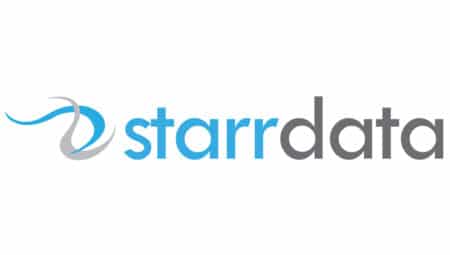Perspective is everything.
Whether you are an experienced executive managing teams and products, or an operations expert managing systems and company infrastructure, the perspective you have informs what needs to be done, by whom, and when. It also informs the degree to which you can measure performance. The trick is having things that are important to you aligned just right so that you are able to make truly informed decisions, whatever your role.
This is where Salesforce truly excels…. aligning everything just right.
“Ok, but Salesforce is for “Sales”. That’s another department. We don’t do that.”
That might be true, but don’t let the “Sales” in Salesforce cement your perspective. Let’s adjust a little.
Have you ever looked in the mirror in the morning and thought….
“Whoa…. I look as tired as I feel!”
Or…
“WOW…. All that jogging and kale salad is paying off… I haven’t fit into these jeans since college!”
Salesforce is where a company can see their reflection in a squeaky clean mirror; the mirror tells it like it is.
While it’s certainly not “real time” reflective, similar principles apply to your Salesforce instance’s “reflection” as to your own in the mirror. When a company looks into their Salesforce mirror in the morning, it is looking at itself in specific types of detail.
Which details?
Health:
The company’s basics: How much revenue comes in, how much work is won and lost, and most important to a company’s health in the Salesforce mirror, data quality. Dashboard information on accounts, opportunities, leads, and contacts are typically the spaces in Salesforce that will give you this information. Depending on what you are measuring in the company, you should be able to tell fairly quickly how good the company is “feeling” from a health standpoint. For example, if things have been feeling really slow or sluggish the last few weeks and there haven’t been any new opportunities created (bags under your eyes), you might want to talk to the account reps.
Presentation:
The company’s interaction with the market: Types of products and services offered and sold, type of leads acquired, types of customers, purchasing patterns / frequency, and types of outreach. Campaigns, campaign members, and some basic marketing automation like auto responses to web submission and mass emails are typically the spaces in Salesforce where your company is presented to the world. These are the things that contribute to the kind of image you are projecting to others, for better or worse! For example, what kind of image are you projecting when a mass email goes out with a handful of spelling mistakes to your most reliable and desirable customers (that piece of spinach in your teeth on that first date)?
Fitness:
The org’s interaction with itself (Company processes) – How often are things happening in the org that make the company more nimble and agile? How easy is it for your users, at any level in the company, to communicate, coordinate, and manage business? Maybe there’s a painful interaction between marketing and sales over the quality or sources of incoming leads. Or perhaps there is a constant tension between accounting’s data and the data that’s entered and reported on in Salesforce. Workflow rules, approvals, and third party AppExchange products are the spaces where you would improve the fitness of these actions and activities.
Help your company’s reflection embody that of Prince Charming. If you are able to adjust your perspective on what Salesforce is and how it can help you gain insight in things beyond just “Sales”, you’ve taken the first step to being known as the hero who whipped the whole company into shape.
Who loves heroes? Everyone.
StarrData helps you get the most out of Salesforce. If you would like information on the services we offer, call us at (888) 391-4493 x101.


